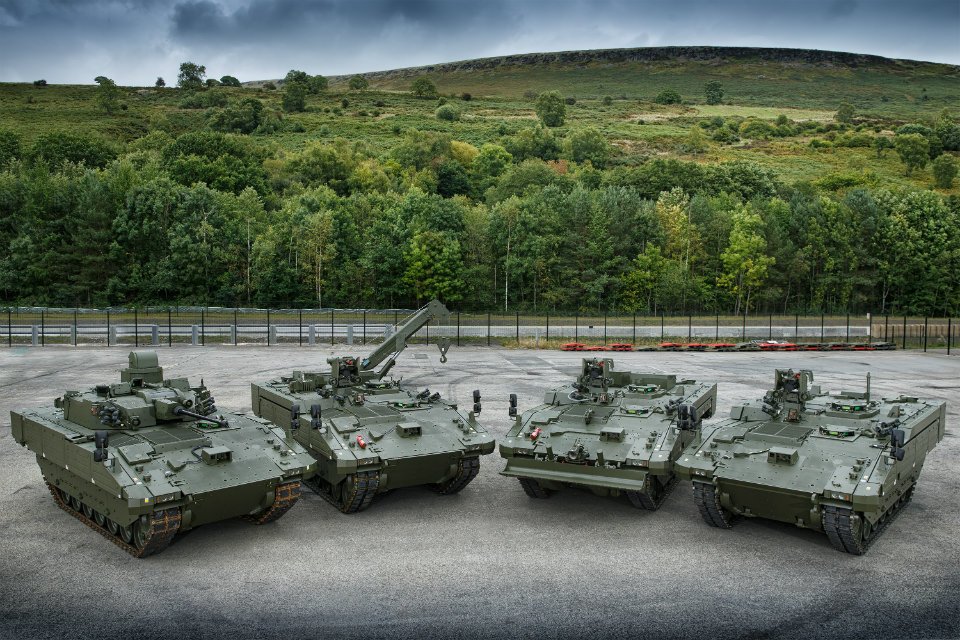
As a young National Service infantry soldier in 1957, nothing gave me greater excitement than riding on the deck of a Centurion tank at high speed across Salisbury Plain and witnessing their ability to hit a target almost a mile away while speeding across the grasslands. I could not help but envy the tank crews: a relaxed bunch of fellows, who could produce a good brew up of tea from within the tank at will.
Infantry soldiers’ lives were very different, mainly consisting of a lot of sweaty toil. We were either marching heavily-laden cross-country or we were digging in the unrelenting chalk, creating a deep trench that would, allegedly, withstand a nuclear strike. Unsurprisingly, riding into battle on the back of a tank seemed a much more attractive option. It was certainly fun to practise from the safety of the home ground of Salisbury Plain and it seemed perfectly natural for an infantry man to harbour a good deal of envy towards the tank man, back in those distant days of National service. Anyway, this is the reason I have always had an interest in tanks.
So, what is happening in the world of tanks today? I have taken some time to find out.
The ‘news’ is that we are getting a new, modern reconnaissance tank: the Ajax. These were ordered way back in 2010 and contracts signed with General Dynamics in 2014.
The order was for 589 Ajax tanks and the programme was due to cost £5.5billion.
As it is we now have 14 Ajax tanks which are in the process of being tested and assessed. So far this has cost us £3.5billion.
Sadly, there are a number of problems. The most significant is that the tank is not kind to its crews, who suffer damage from vibrations and noise, leaving them with tinnitus and hearing loss. This means they can only operate the Ajax in shifts of 90 minutes. These issues have been known about for at least two years and well before the trial started.
Then there are the issues with the tank itself. It is not good in reverse and will not back over a kerb 20cm high. Then there is the problem of the tank’s armour. Does it have enough to withstand an antitank weapon of modern design, perhaps from a drone? To counter this potential vulnerability, the manufacturers have beefed up the thickness of the armour and increased the tanks’ weight to 42 tonnes. It is hotly discussed whether or not this will be enough. Then there is the suspension problem which means the gun can’t be fired while the tank is on the move!
These and many other issues have been discussed at length in the Parliamentary Defence Select committee, as has the future of the whole of the British armoured vehicle programme. The minister of defence procurement, Jeremy Quinn MP, has the unenviable job of deciding what to do to resolve things with all the interested parties.
I now ask myself what the future is for the British tank and whether we even need them in our modern world? What is their purpose and where will they be used?
The history of the tank tells us how essential they are in large-scale land battles of great armies. Times move on and we have to ask whether there will be large-scale land battles ever again. One hopes not. It is unlikely that an invasion force of size would turn up in Norfolk or Romney Marsh, for example. As for deployment elsewhere… the logistics of transporting something the Daily Mail described as ‘ heavier than a Sherman tank and as stealthy as a Ford Transit full of spanners’ don’t bear thinking about.
Tanks have been used (sometimes to grim effect) in cities when social injustice or regime change brings society to the boil. I don’t want to imagine Ajax tanks parked in Trafalgar Square to control an Extinction Rebellion rally.
As someone who loves tanks, with reflections like these, I fear the tank is a thing of the past and destined for museums next to suits of armour. If that is the case then I will have to content myself with fond memories of a few exciting rides on Centurions across Salisbury Plain.





